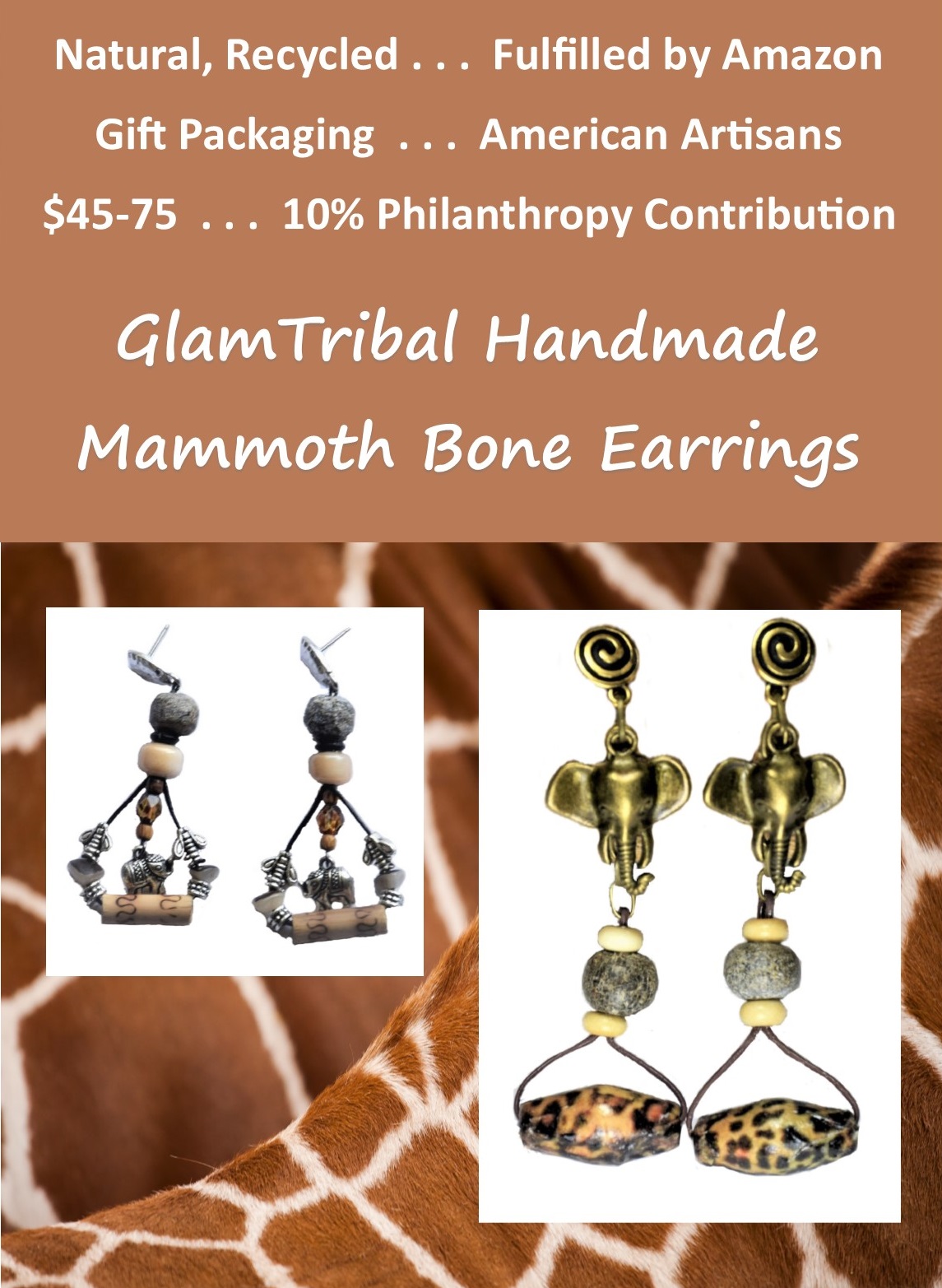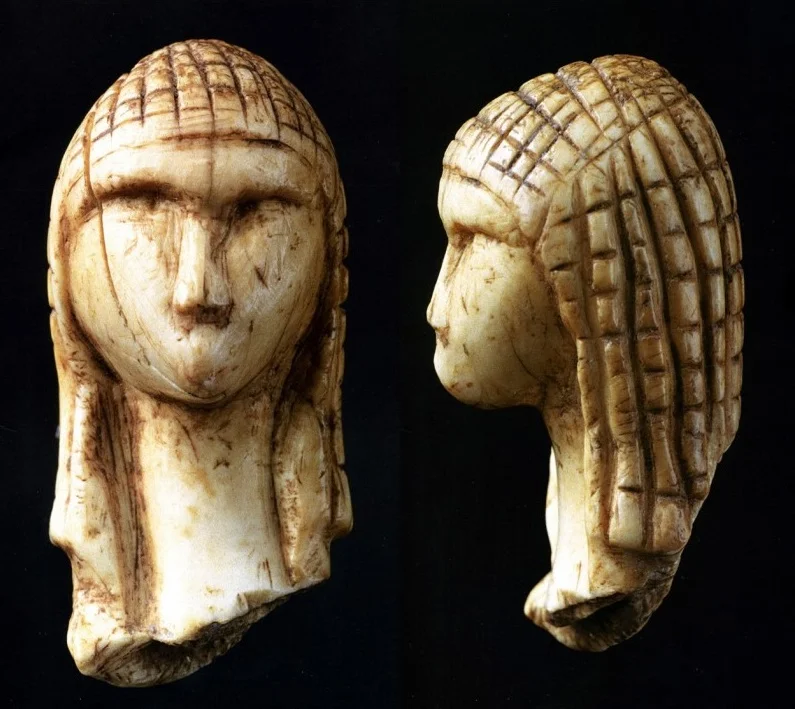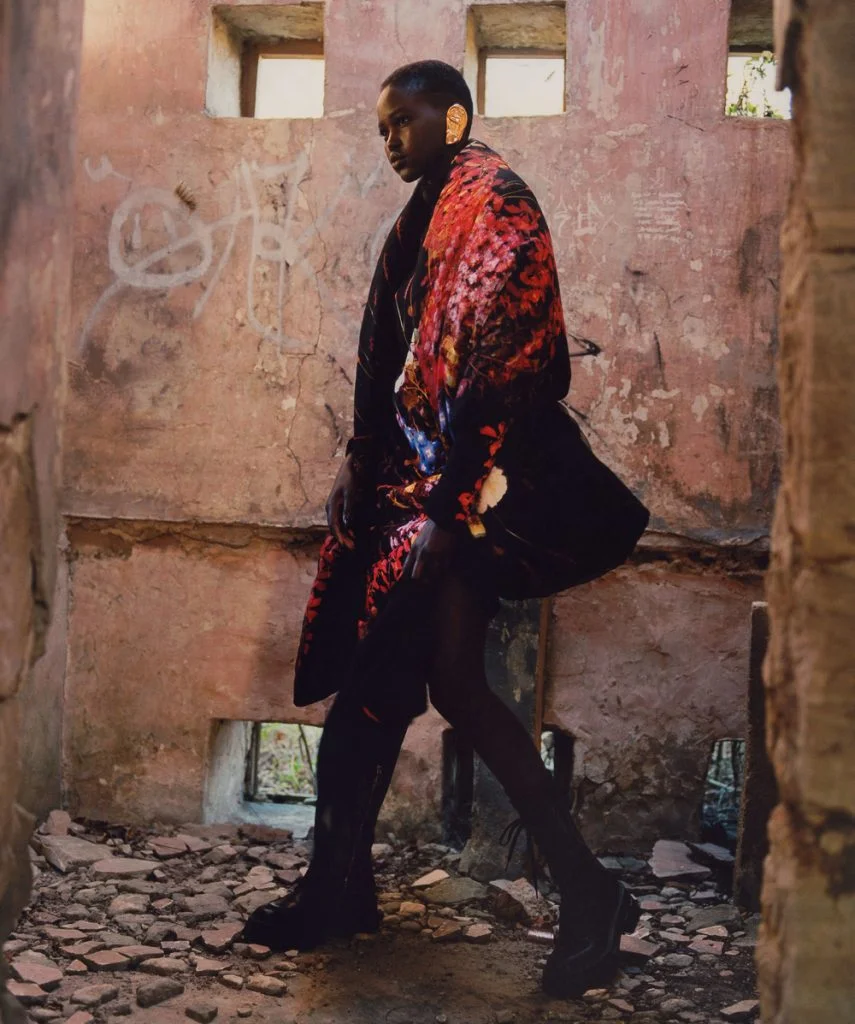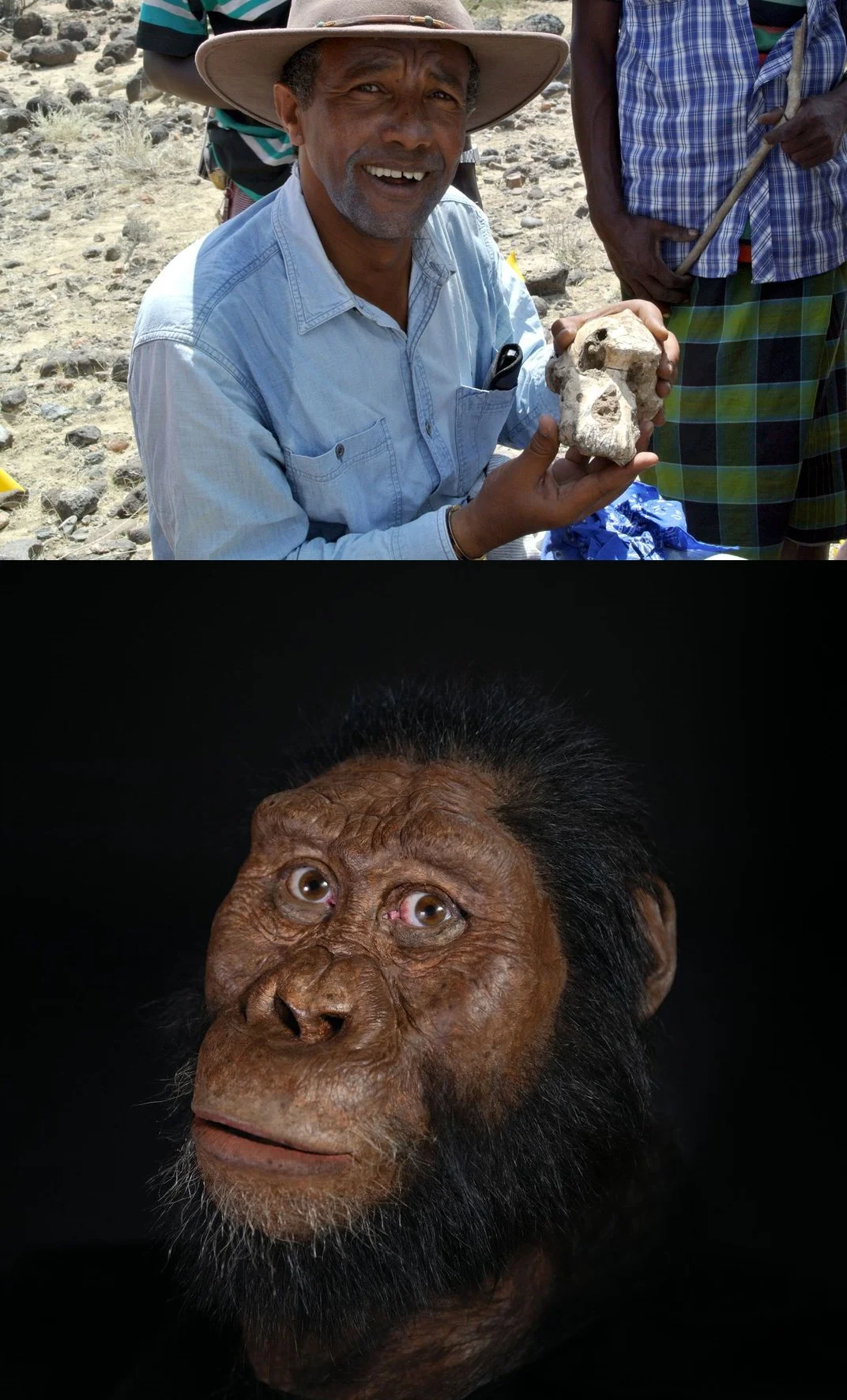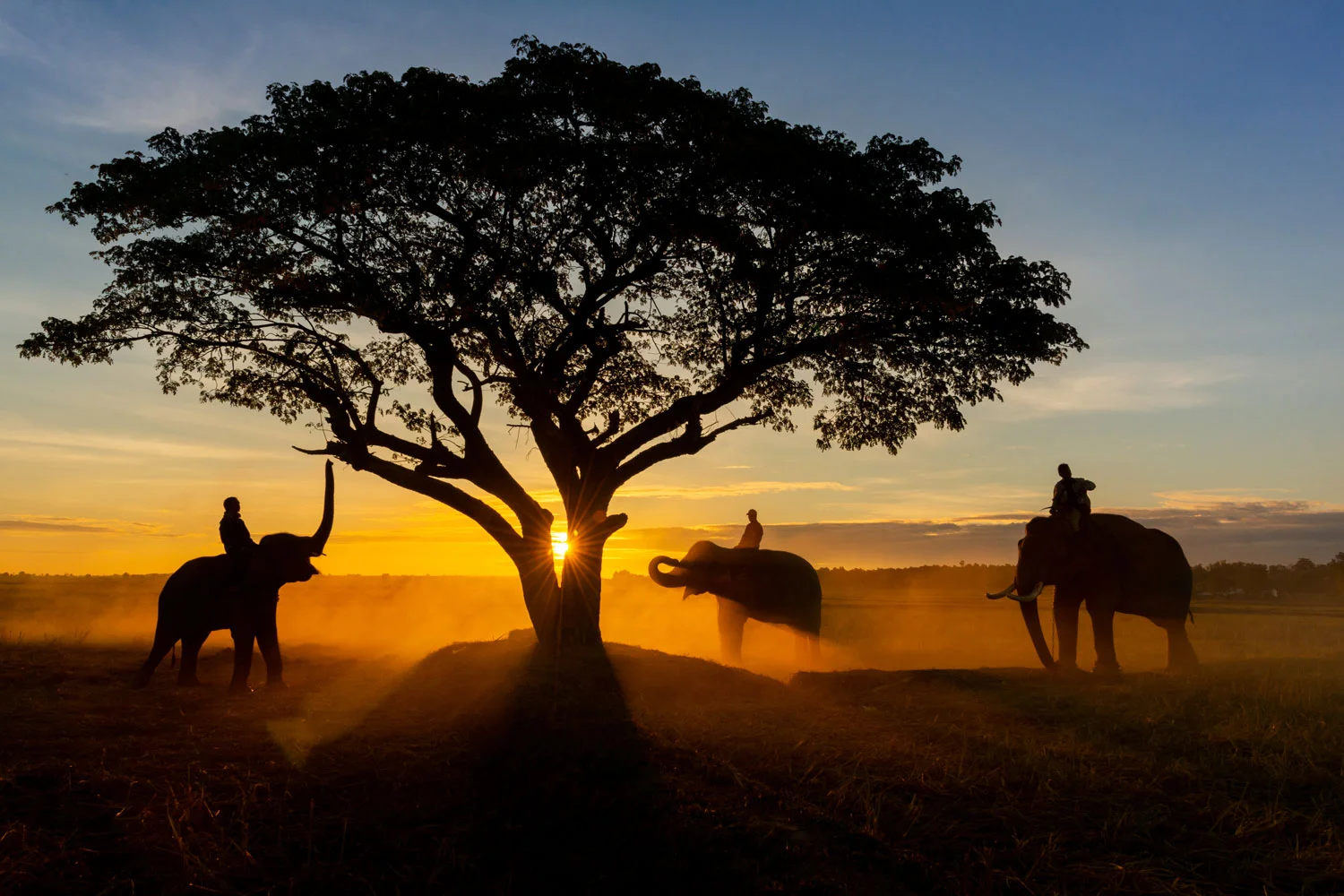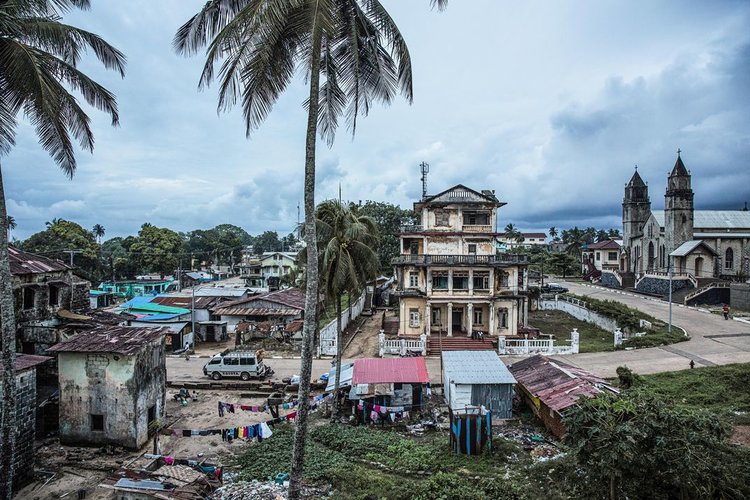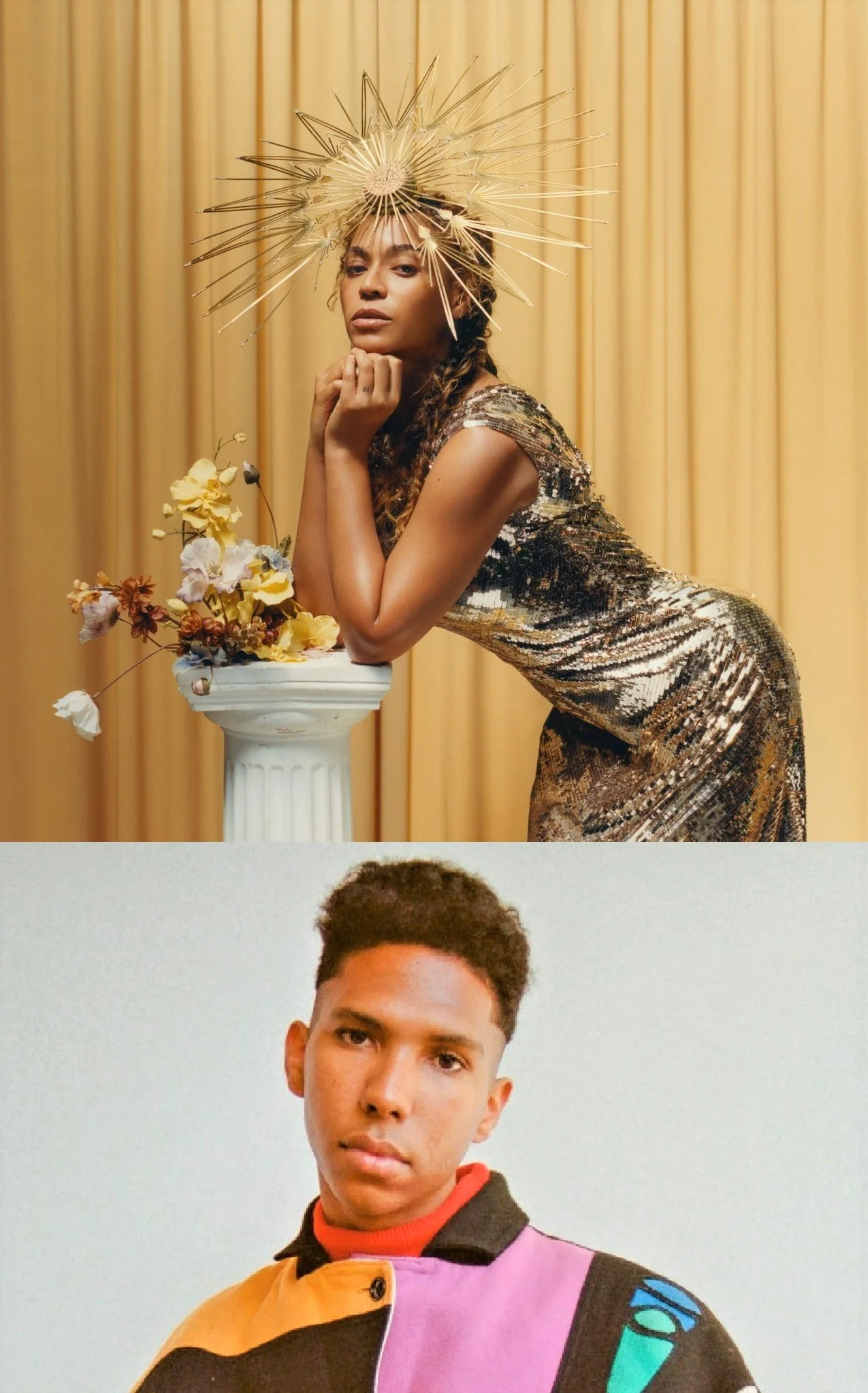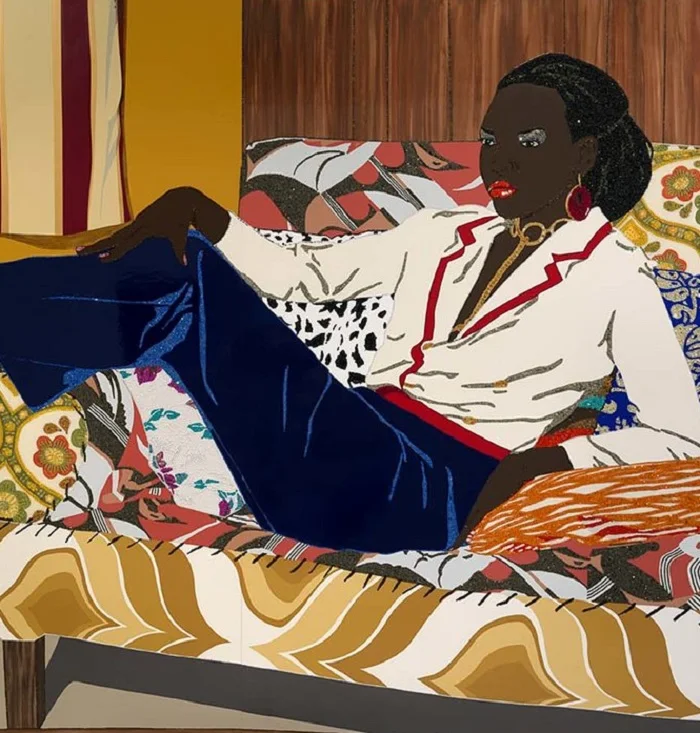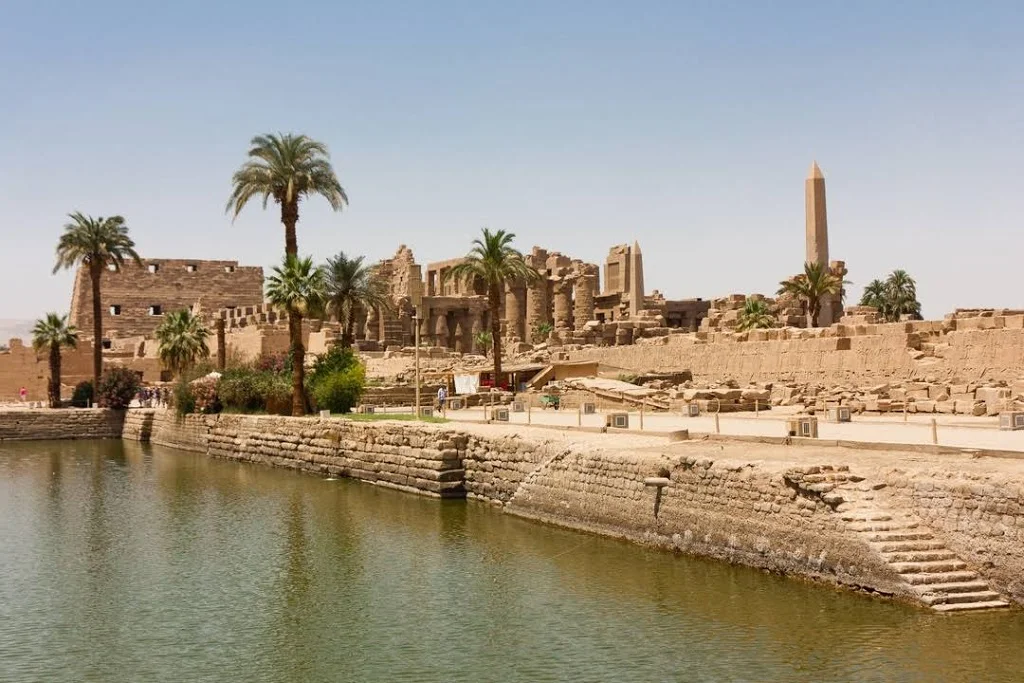Edie Campbell Shoots Zara 'Keep It Uptown Campaign', While Accepting Fast Fashion Complicity
/Edie Campbell Shoots Zara 'Keep It Uptown Campaign', While Accepting Fast Fashion Complicity
Manly or not? Top model Edie Campbell suits up in Zara’s latest fall 2019 trend campaign, heading to Manhattan’s Upper East Side in faux fur jackets, bourgeois plaid skirts, printed dresses and pussy-cat bow blouses — with lace collars, no less. Miss Manners is on the move.
AOC has spent time recently reflecting on the hypocrisy of writing about the critical need for sustainability in fashion — while simultaneously promoting it through blog posts. I’ve concluded that silence — or stopping the posting of fast fashion — it not the answer. But we will use each fast fashion post to search for and report on any sustainability-related updates by the brand — in this case Zara.
We will also use the same post to share any new industry info or essays around fast fashion. This compromise allows us to give readers what they see in terms of fashion trends and photography, while using the post to remind us that all of us fashionistas, and the insatiable lust for something new — are part of a very serious problem for our planet. Together, we must also be part of the solution.
{. . . }
Edie concludes her essay — after citing glimmers of hope around sustainability in the fashion industry — with choice words, and not ones that will always get her more work.








